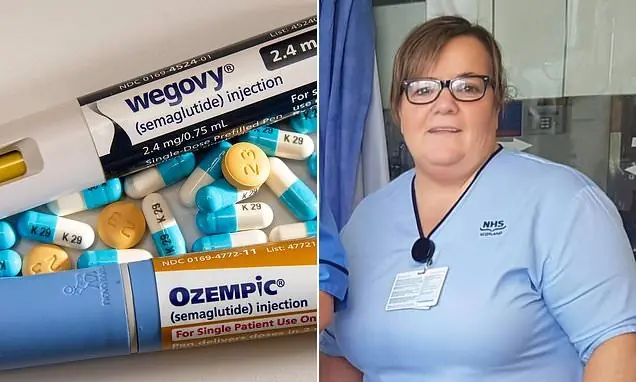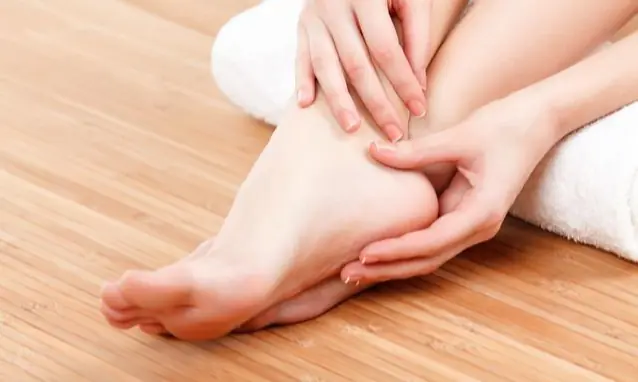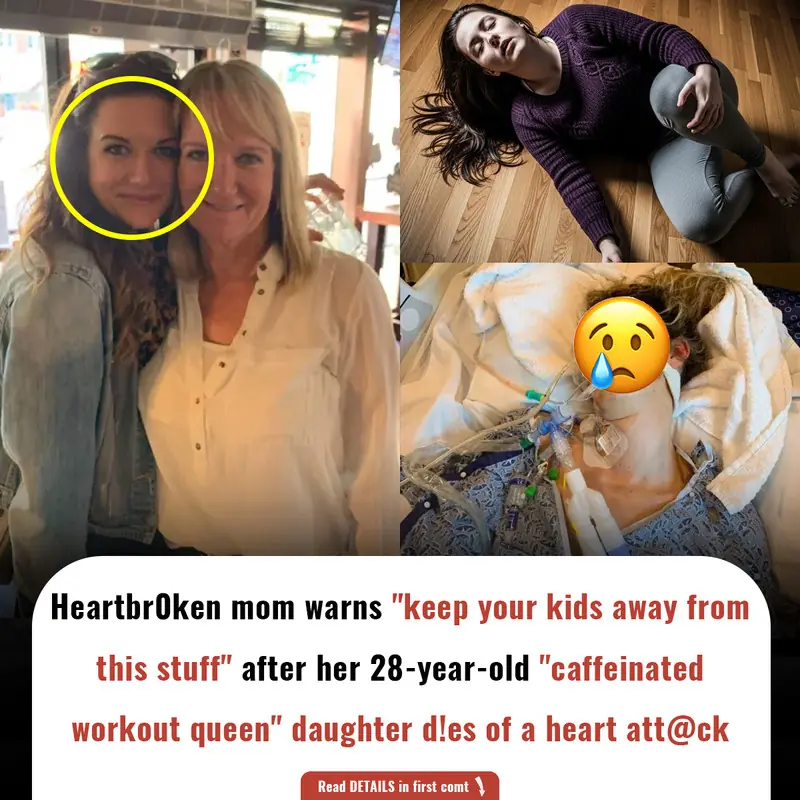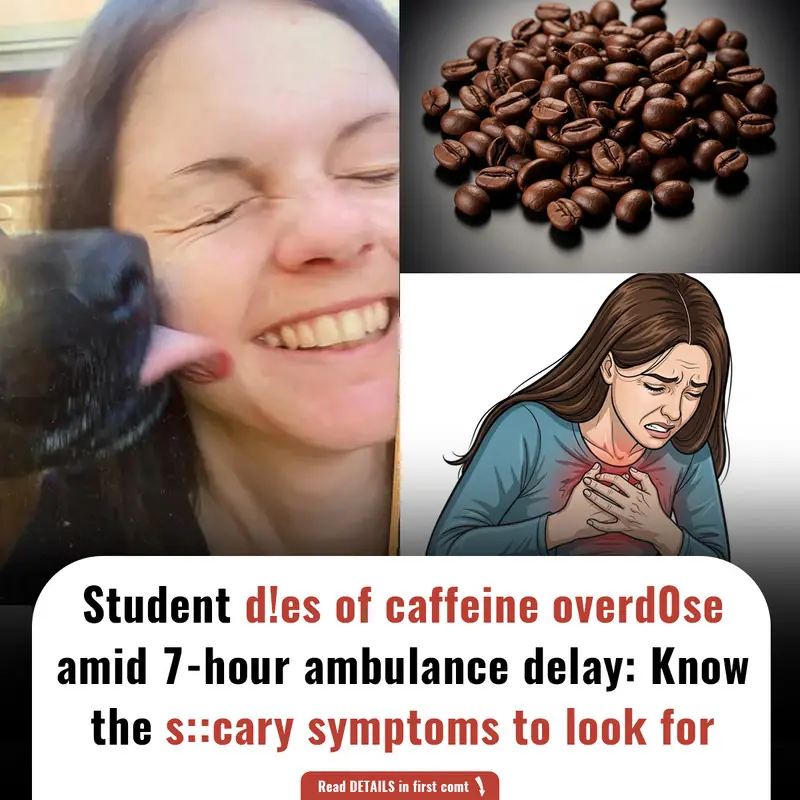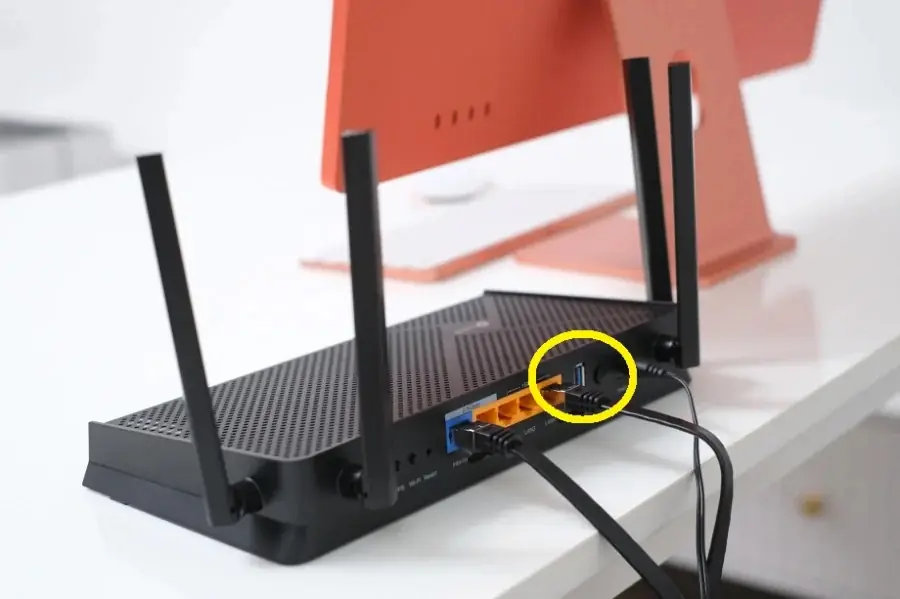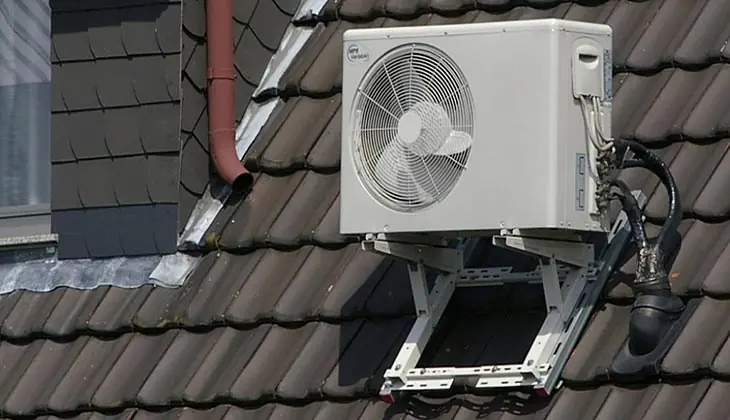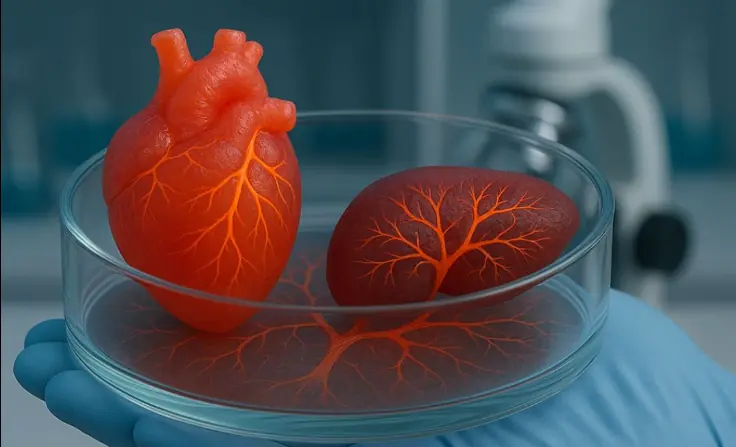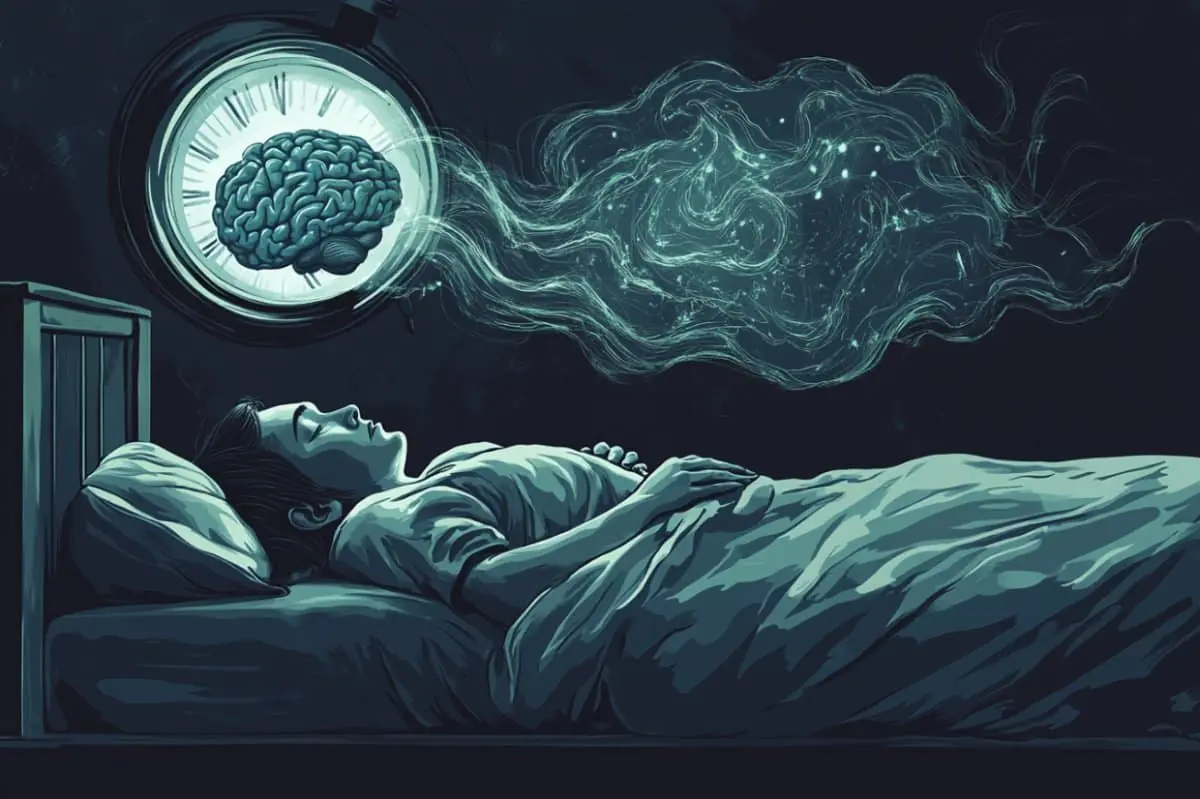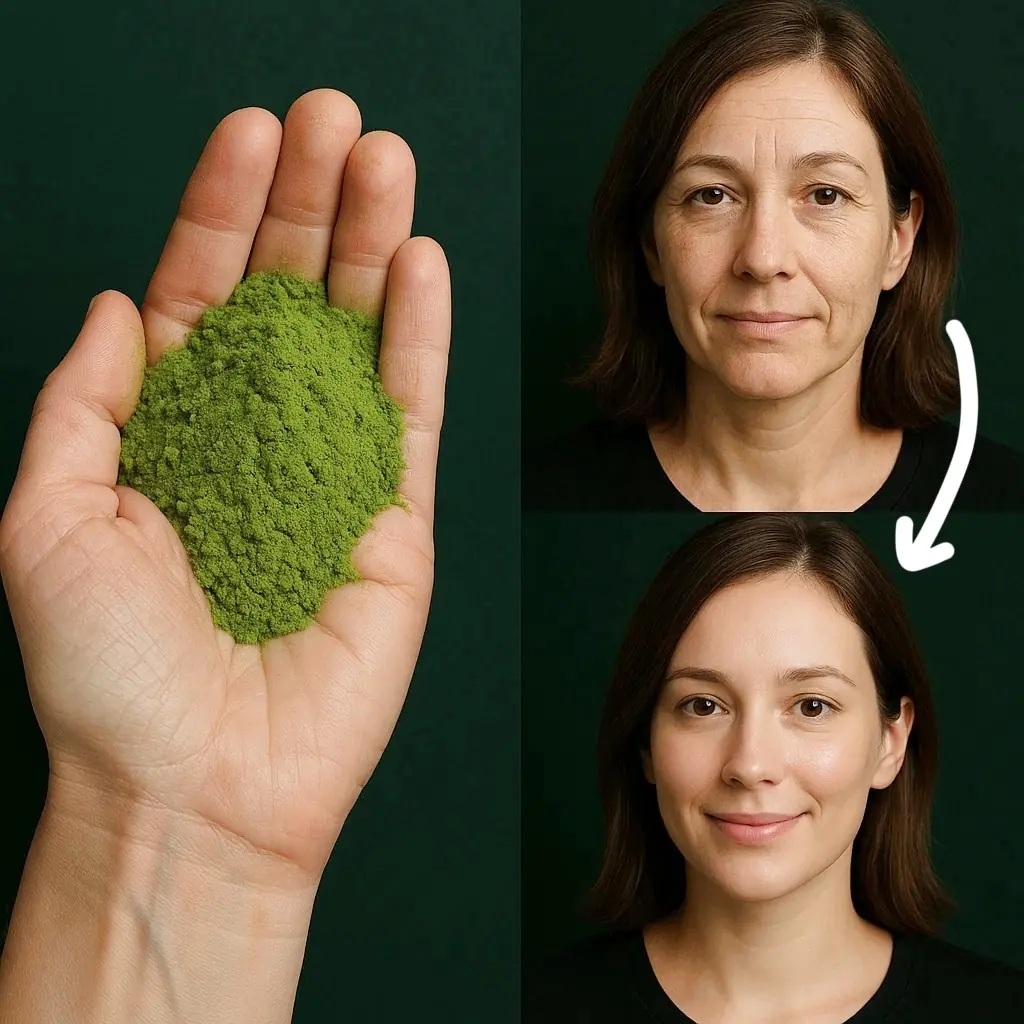How to Spot a Mini-Stroke (TIA): Early Signs and Symptoms
A mini-stroke, medically known as a transient ischaemic attack (TIA), is a temporary interruption of blood flow to a part of the brain. While the symptoms typically resolve within 24 hours, TIAs serve as critical warning signs for potential future strokes. Recognizing the early signs can be life-saving.
🧠 Common Symptoms of a Mini-Stroke
The symptoms of a mini-stroke closely resemble those of a full stroke but are temporary. The most common symptoms include:
-
Weakness or Numbness: Often affecting one side of the body, making it difficult to lift or hold both arms up.
-
Facial Drooping: One side of the face may droop, especially around the eye and the corner of the mouth, making it hard to smile.
-
Speech Difficulties: Speech may become slurred, incoherent, or difficult to understand.
-
Vision Problems: Sudden loss of vision in one or both eyes, or double vision.
-
Balance and Coordination Issues: Dizziness, loss of balance, or difficulty walking.
These symptoms typically last from a few minutes to a few hours and resolve on their own. However, even if symptoms disappear quickly, it's essential to seek medical attention immediately to confirm the diagnosis and reduce the risk of a future stroke.
🧪 Risk Factors for Mini-Strokes
Several health conditions and lifestyle factors can increase the risk of experiencing a mini-stroke:
-
High Blood Pressure: Elevated blood pressure can damage blood vessels, leading to clots.
-
Diabetes: Increases the risk of blood vessel damage.
-
High Cholesterol: Can lead to plaque buildup in arteries.
-
Obesity and Physical Inactivity: Contribute to other risk factors.
-
Smoking and Excessive Alcohol Consumption: Increase the risk of clot formation.
-
Family History of Stroke or TIA: Genetic factors can play a role.
🛡️ Prevention and Lifestyle Changes
Adopting a healthy lifestyle can significantly reduce the risk of a mini-stroke:
-
Quit Smoking: Smoking cessation improves overall vascular health.
-
Maintain a Healthy Diet: Consume a balanced diet rich in fruits, vegetables, and whole grains.
-
Regular Exercise: Engage in physical activity to maintain healthy weight and blood pressure.
-
Limit Alcohol Intake: Reduce alcohol consumption to moderate levels.
-
Manage Stress: Practice stress-reducing techniques like meditation or yoga.
If you've experienced a mini-stroke, it's crucial to consult with a healthcare professional for further evaluation and to discuss preventive measures to reduce the risk of a full-blown stroke.
Remember, recognizing the signs and acting promptly can make a significant difference in outcomes. If you or someone else exhibits symptoms of a mini-stroke, seek medical attention immediately



